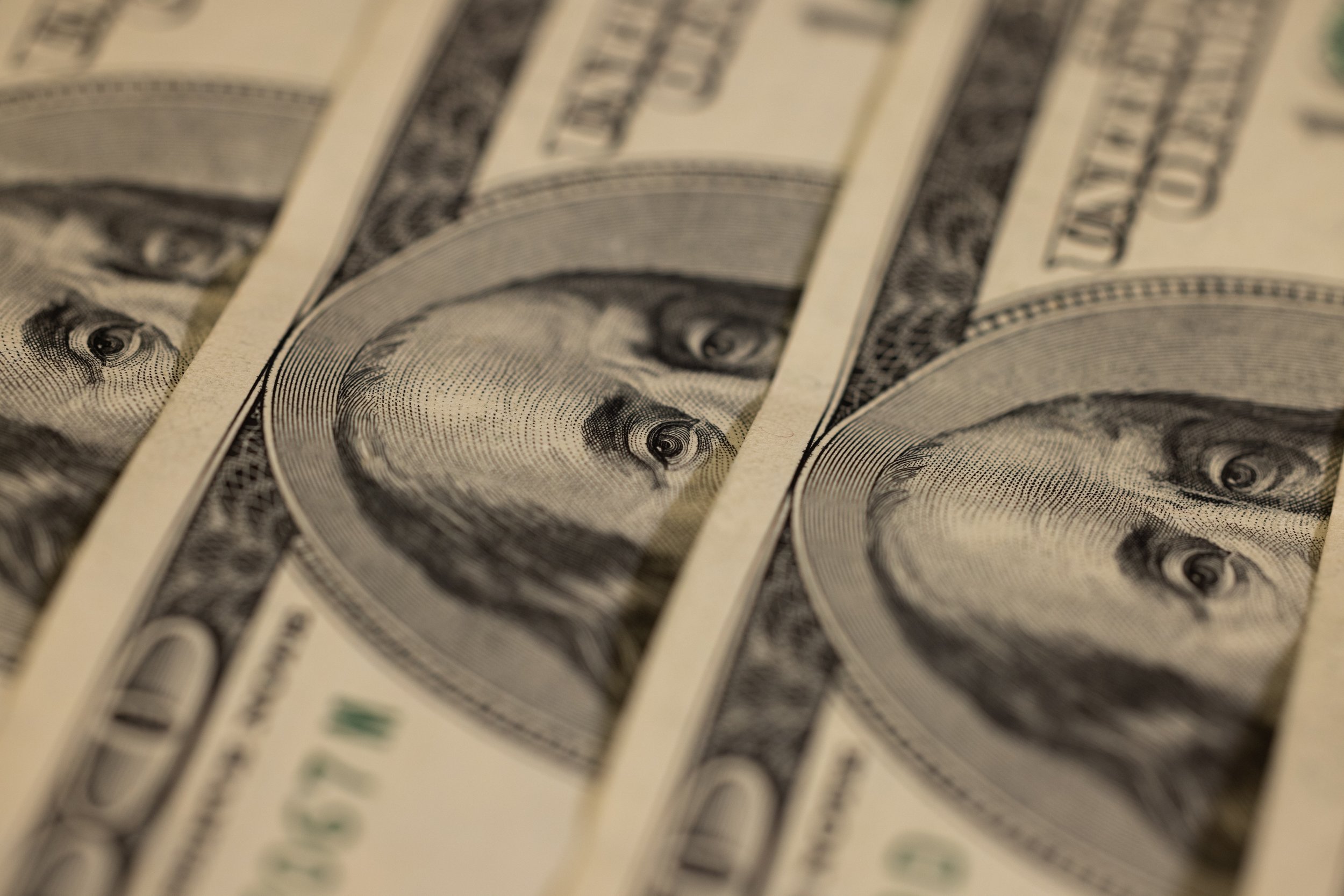Let’s Talk About Interest Rates
Inflation has been wreaking havoc in equity markets across the globe as investors continue to see the indiscriminate compression of corporate valuations and a seemingly endless decline in share prices. With the March 10th, 2022 Consumer Price Index (CPI) report indicating that inflation has risen again to 7.9%, the eyes of investors in the U.S equity markets gaze cautiously towards the Federal Reserve. This post will explore the Federal Reserve's most recent statements concerning their response to the increasing inflation pressures and what we might see going forward.
With inflation rising month over month for the last five months, the Federal Reserve has had little choice but to consider raising interest rates. Despite many market commentators expecting a rate increase in March, it is not yet known by how much the Federal Reserve will increase rates.
Regrettably, this is not the first time the Federal Reserve has considered raising interest rates. Historically, the Federal Reserve has raised interest rates numerous times. The most extreme example of this is in 1980 when they raised interest rates to 20% to combat double-digit inflation. Although such a drastic increase stopped inflation from continuing to rise, it also caused the 1980 recession and resulted in significant damage to the U.S economy.
Interestingly, although the rate increases in 1980 were terrible for the economy, the stock market performed reasonably well that year. It appeared as though investors began to purchase equities as a hedge against inflation, resulting in the Dow Jones Industrial Average rising 14.93% that year.
Despite our historical example ending well for stocks in 1980, the U.S markets today have continued to react negatively to the increasing levels of inflation as March 10th and 11th proved to be challenging trading days for equity investors. The 40-year high inflation readings led to significant declines in many equities. This decline was not limited to any specific sector and included big names like Amazon, Tesla, and PayPal.
According to a statement released by President Biden, this higher than expected reading resulted from the ongoing conflict in Ukraine. As many readers may already be aware, the Russian invasion of Ukraine has led to soaring oil and energy prices which have had a direct impact on March CPI data. Thankfully, President Biden continued to assure the American public, and the world, that he would do all that was within his power to control the rising prices and increase the dwindling supply of oil caused by economic sanctions.
The conflict in Ukraine is a preverbal spanner in the works for the Federal Reserve. Naturally, the Federal Open Market Committee (FOMC) can't predict a war breaking out in Europe. As such, the Federal Reserve may well have to rethink its approach to inflation to accommodate for the reality that the United States will now need to bear the economic burden of sanctions and the potential for continued higher oil and energy prices.
As it stands, it would appear that Jerome Powell finds himself in a very difficult situation. If he begins and continues to raise interest rates in the face of rising inflation, he risks both crashing the stock markets and hindering the U.S economy. If he does not raise rates, continuing inflation may become a serious issue for Americans as the costs of basic goods and services continue to climb.
It would appear, given the available information, that Jerome Powell’s best solution may be to cautiously raise rates periodically in the hope that inflation inflects to the downside over the coming months. If this occurs, the Federal Reserve can cease its rate hikes and the markets will likely recover sooner rather than later. Ultimately, what the Federal Reserve will do is not yet known. As such, investors will be closely analyzing the next meeting of the Federal Reserve on March 16th to determine what they might plan to do over the coming months.



